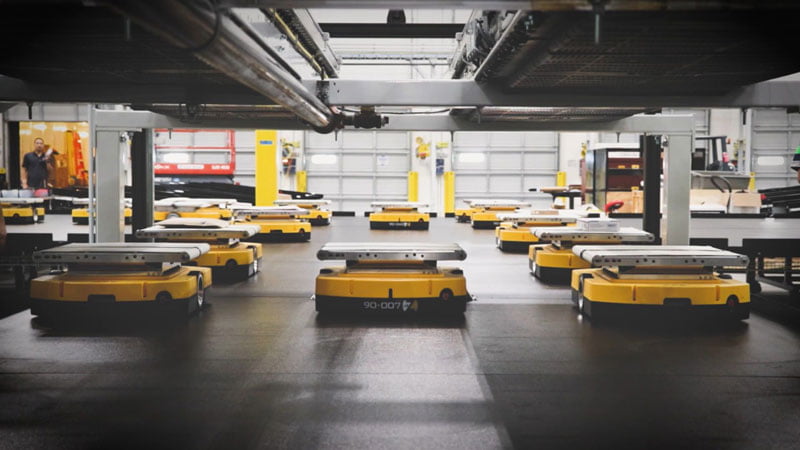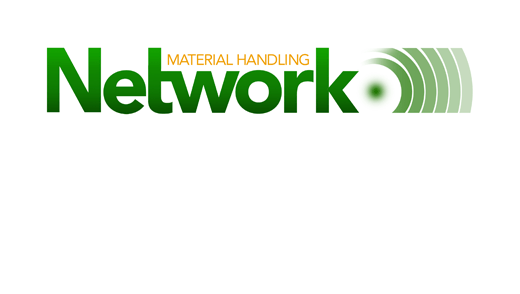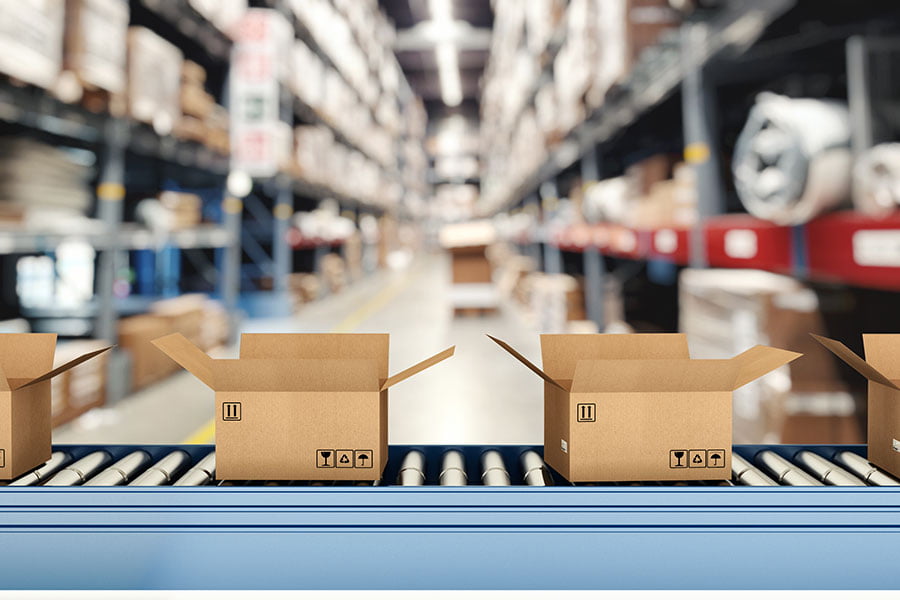Published January 27, 2020
Between 1760 and 1840, the United States went through a period of economic boom and industrialization. The Industrial Revolution resulted in the era of mechanization where handmade, unique items gave way to quickly reproduced items, creating an unprecedented expansion of population and personal wealth.
Starting initially in the labor intense textile industry, the approaches and techniques would expand in the late 1800s to commercial transportation and steel production, propelling the next round of innovation that would forever change the way we move, transport and conduct business. Known as the Second Industrial Revolution, this period was a natural evolution of the initial breakthrough.
Are we in the Digital Revolution? If today represents the first stage, what will the next stage bring? How can your business leverage the advances made and grow through the next revolution?
Supply Chain Shift
Traditional networks have been built around case distribution to a fixed destination, such as a retail store. As digital commerce continues to grow, today’s demands require distribution of “eaches” to a variable destination.
The new nature of flow management requires the use of automated tools to review costs and optimize delivery decisions based on service level and cost. The old days of managing less-than-truckload (LTL) and truckload (TL) carriers and lanes are now replaced with the dynamic management of parcel shipments to varying delivery locations. Touchless order routing and delivery management solutions ensure orders flow without delay while minimizing costs.
Advent of Automation
With the increase in each movement and introduction of automated devices, warehouse functions are going through their own revolution. With the current workforce shortage and labor rates continuing to grow, automation has stepped in to fill the gap and perform easily repeatable task.
The most challenging activity in a warehouse is appropriately allocating the right items to an order. Thanks to independent path robots, this costly and complex process can now be completed with ease through a simple induction process.
With robots now counteracting the labor reduction, the next major factor to manage is space. Automated storage and retrieval systems (AS/RS) can operate in narrow aisles, maximizing available floor space while reducing costs.
Summary
With the labor shortage and customer and market demands continuing to grow, implementing automation helps improve efficiency while reducing costs. Deploying a strategy that invests in automation to propel growth is the best solution to ensure long-term business success.
Artificial intelligence progress enables the institution of business decision-making programs to manage day-to-day activities with defined business rules. By applying cost and margin criteria, consistent decisions can automatically be made without delaying order flow. As the pace of order to cash tightens, this type of evolution will be critical at keeping pace with growing customer demands.
How many touchpoints do you currently have in analyzing an order? What is your order to cash cycle? How will you expand the complexity of your business without hiring more people?
The time is now to invest in automation. As you plan for 2020, focus on the theme of lights out process management to ensure you can increase volume without people. Focus people on profit generating activities to read the market, engage your customers and define the new products that will position your business for growth.



